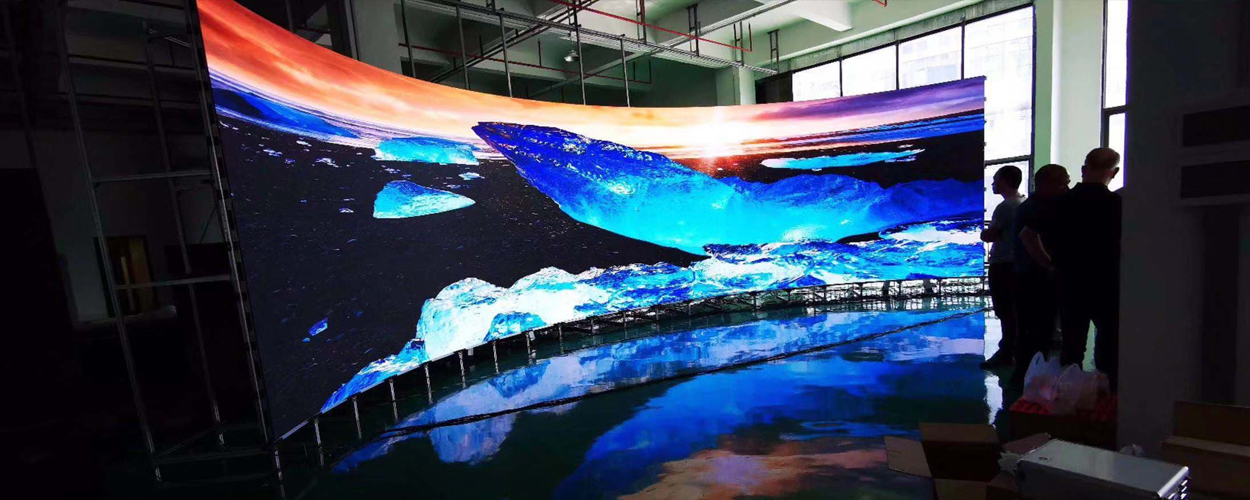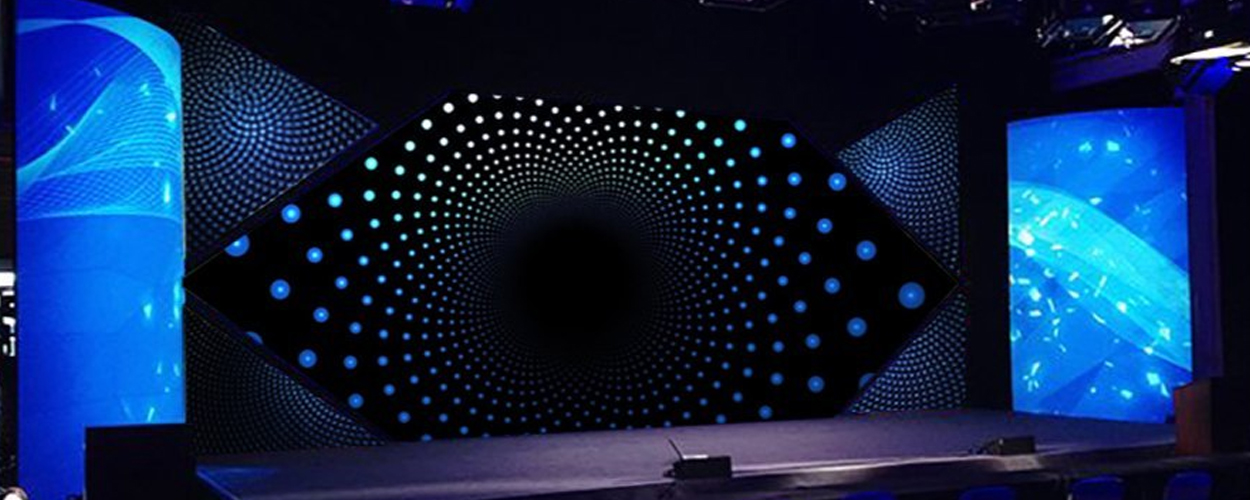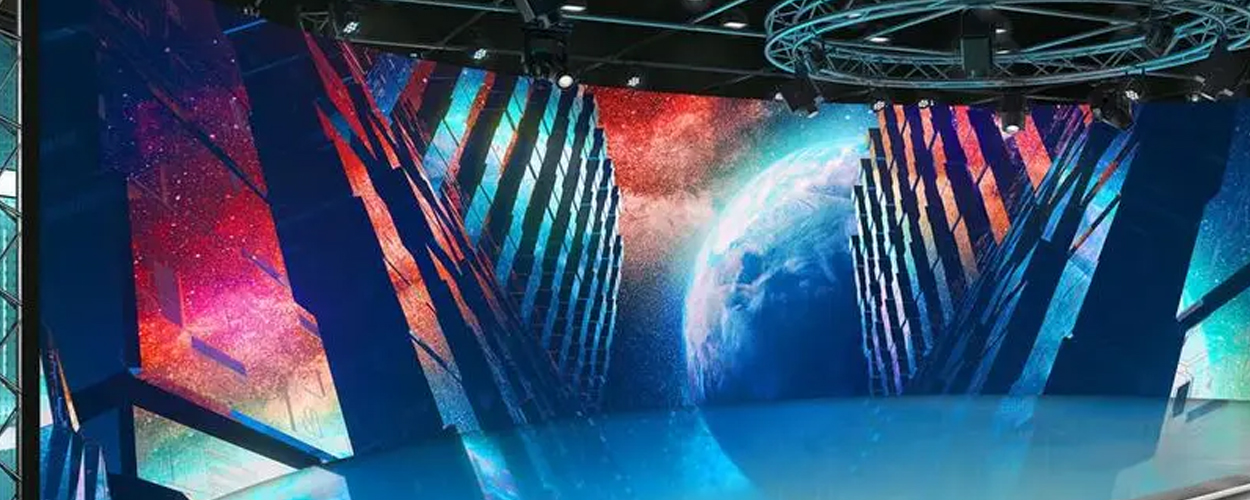
How does an LED display work and what are its principles?
LED displays, which stand for Light Emitting Diode Displays, are a widely used display technology in the modern world, renowned for their high brightness, low energy consumption, and long lifespan. This article will delve into the principles of how LED displays work, why LED displays are chosen, and how to select the right LED display for your needs.
Principles of Operation
The operation of LED displays is based on LED (Light Emitting Diode) technology, a semiconductor device capable of converting electrical energy into visible light. In an LED display, hundreds or even thousands of LEDs are arranged in a matrix, and these LEDs can be single-color, multi-color, or full-color, depending on the desired display effect.
The key steps in the operation of LED displays are as follows:
- Current Driving: LEDs require current to emit light. When current passes through the LED chip, electrons combine with holes, releasing energy and producing visible light.
- Color Control: Different types of LEDs can emit different colors of light. By controlling the current intensity of each LED, the color of each pixel on the LED display can be adjusted. This can achieve single-color, multi-color, or full-color displays.
- Pixel Control: LEDs are arranged into a matrix of pixels, and each pixel is composed of one or more LEDs. By independently controlling the LEDs of each pixel, images or videos can be displayed.
- Brightness Adjustment: LED brightness can be controlled by adjusting the current’s magnitude. This allows LED displays to adapt to different lighting conditions.
- Refresh Rate: LED displays operate at a high refresh rate, typically refreshing images at 60 frames per second or higher. This makes images appear smooth and free from noticeable flicker.
Reasons for Choosing LED Displays
There are several reasons for choosing LED displays:
- High Brightness: LED displays offer exceptional brightness, making them visible even in bright outdoor environments. This makes LED displays well-suited for billboards, signs, and outdoor advertising.
- Low Energy Consumption: LED displays have lower energy consumption compared to traditional display technologies like fluorescent lights or LCD screens. This means that over extended periods of use, LED displays can reduce energy costs.
- Long Lifespan: LED displays typically have a lifespan of tens of thousands of hours. This makes them a reliable display solution, reducing maintenance and replacement costs.
- High Resolution and Color Depth: LED displays provide high resolution and rich color depth, making them ideal for displaying detailed images or video content.
- Environmental Friendliness: LED displays do not contain hazardous substances like mercury and can operate at low temperatures, reducing their environmental impact.
How to Choose an LED Display
When selecting an LED display, consider the following factors:
- Application Scenario: Determine if you need an indoor or outdoor display and whether you need to display text, images, video, or specific content.
- Resolution: Choose the appropriate resolution based on the content you want to display and the viewing distance to ensure image clarity.
- Brightness: Select the right brightness level based on the ambient lighting conditions to ensure content visibility.
- Pixel Density: Pixel density affects the clarity of displayed content, with high pixel density suitable for image- and detail-rich content.
- Color Depth: Choose single-color, multi-color, or full-color LED displays based on the number of colors needed for your application.
- Durability: Consider the LED display’s lifespan and durability to minimize maintenance costs.
- Cost: Choose an LED display that fits your budget.
In summary, LED displays are a powerful display technology known for their high brightness, low energy consumption, and long lifespan. Selecting the right LED display involves considering factors such as the application scenario, resolution, brightness, pixel density, color depth, durability, and cost. By carefully weighing these factors, you can find the LED display that best suits your needs, whether for commercial advertising, indoor displays, or other applications.



